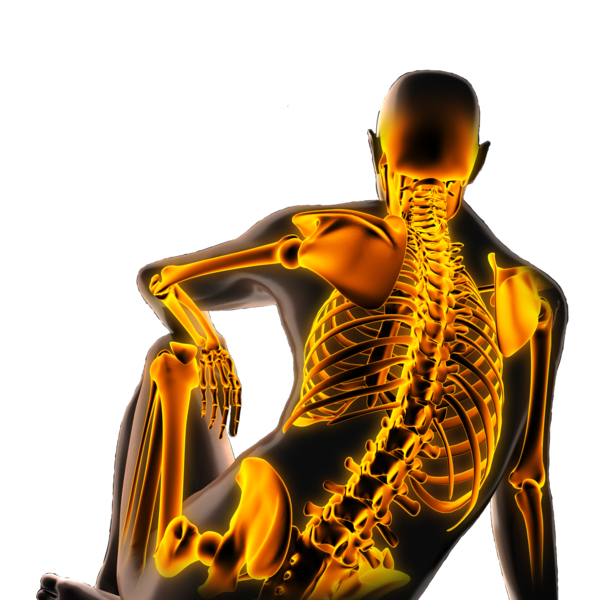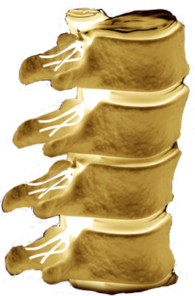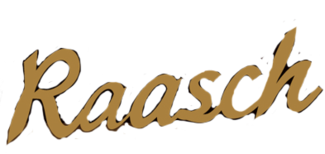Chiropractic
Chiropractic is the most important basic and curative treatment for virtually all physical and organic problems.
Viewed from a holistic perspective, most health problems are caused by disturbed nerve supplies, triggered by dislocations, entrapment, wedging and movement limitation of individual or even several segments of the spinal column. As a result, a precise history, examination, analysis and diagnosis must be carried out by the chiropractor prior to any treatment, which will involve skilled specialist manual techniques (adjustments) to release these joint blockages.




